Walk and Talk therapy is just what it sounds like...
Walk-and-talk therapy, sometimes referred to as hiking therapy, takes your sessions outdoors. It can happen in a public park or on nearby trails. This alternative provides a new approach by infusing the benefits of fresh air and exercise into the therapy sessions. In this time of COVID-19 and social distancing, this can be the perfect alternative to telehealth.
Movement, whether it’s a leisurely walk or a brisk hike, can make it easier for some people to discuss their feelings. You may prefer to move or walk as opposed to sitting across from a therapist in an office or looking through a screen.
Walk-and-talk therapy can be particularly helpful with teenagers and younger clients. Others have found that they are more at ease in nature, which improves our ability to open up. Sitting down for a one-on-one conversation in close quarters can be uncomfortable for some clients, so taking the conversation outside can help relieve some of that pressure.
Is walk-and-talk therapy the right solution for me?
As with all modes of treatment, consider your individual needs. This may be a great option for you if you have a lot of excess energy or if you feel uneasy with maintaining direct eye contact and sitting still. Some therapists have noted that physical movement encourages psychological movement and can even accelerate client breakthroughs leading to faster healing.
The endorphins that exercise produces has a known positive impact on mental health. Dr. Lori Roberto has noticed clients to be more energized at the end of outdoor sessions than after traditional visits. For generally healthy and able-bodied clients, outdoor sessions can enhance their ability to navigate particularly difficult issues. It can also leave them feeling refreshed in body and mind.
All that said, you’ll need to take your physical and mental health into consideration before considering walk-and-talk sessions. Consider your local terrain, weather, accessibility to benches and water fountains on your route, and any underlying health concerns you may have before making the leap.
If you do decide to this mode of therapy is a good fit for you, have an open discussion with your therapist about what you’re comfortable with and capable of. This will help you decide if walk-and-talk therapy will meet your needs.
Are there any ethical concerns about walk-and-talk therapy?
Aside from any potential physical concerns, there are some ethical questions to consider before you start your first walk. Once you venture out of the office or the living room, you have less control over the privacy of your session.
There’s the possibility that you will see someone you know, or you may come across someone who recognizes your therapist as a mental health professional. Depending on how busy the park or the trail is, there’s also a slight chance your conversation may be overheard.
These concerns may not bother some clients and may not change your preference—but for others, giving up some privacy and confidentiality of their sessions may not be worth the sunshine and fresh air. Discuss any concerns prior to your first walk-and-talk with your therapist, so you can make an informed decision together.
Together we will set up boundaries beforehand surrounding how you will want to proceed if you do see someone you know, or other logistics like where the walk and talk will take place, how often you may want to stop to rest and drink water. That way, when you’re out on the trail, you can use the walk to focus on your conversation—not distractions.
Typical Walk and Talk Therapy sessions will take place along the Swamp Rabbit Trail, or at Paris Mountain State Park.


